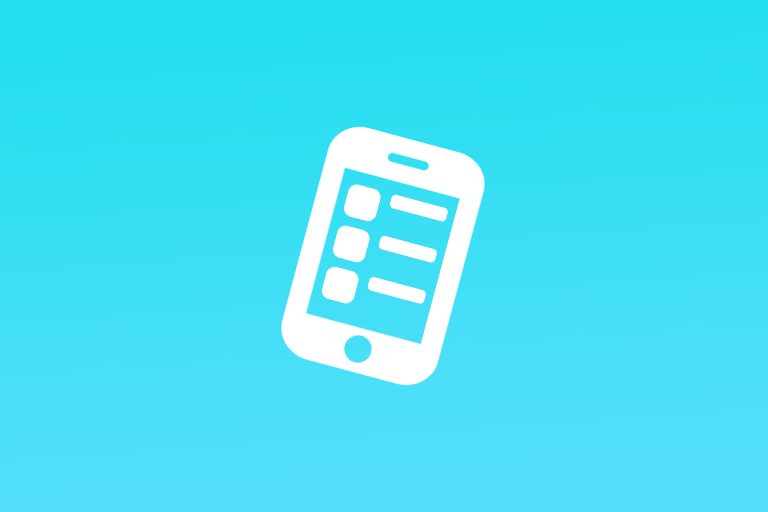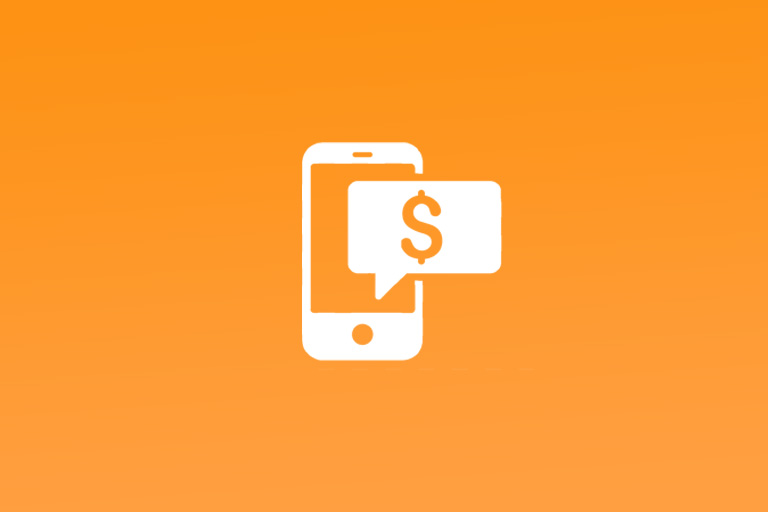From the moment of conception to the point of widespread user adoption, a mobile app's journey is punctuated by various critical stages. Understanding these stages is key to navigating the app's lifecycle and ensuring its success in the crowded app marketplace. Let's delve into the rationale behind understanding these stages and explore each one in detail.
The Imperative of Understanding
Before we dissect the stages, it's vital to grasp why a nuanced understanding of the
mobile app marketing strategy is essential. In an environment where thousands of apps are vying for attention, a one-size-fits-all approach is ineffectual. Each stage of the marketing strategy serves a distinct purpose and requires a tailored approach. By recognizing and optimizing each phase, marketers can craft a journey for the app that not only reaches but resonates with the target audience, converting them from casual browsers to loyal users.
The Essential Stages of App Marketing
The lifecycle of app marketing can be broken down into three pivotal stages: Awareness, Acquisition, and Retention. Each stage plays a unique role in the user's journey with the app.
Awareness Stage
The Awareness Stage is about making a grand entrance. It's where potential users first learn about the app. This stage is crucial because it sets the tone for the app's market presence. Strategies at this phase include search engine optimization (SEO),
app store optimization (ASO),
content marketing,
social media campaigns, and influencer partnerships. The goal here is to create buzz and visibility. It's not just about reaching a broad audience but reaching the right audience. By targeting the marketing message to resonate with the intended users, the groundwork for successful user acquisition is laid.
Acquisition Stage
Once awareness is established, the Acquisition Stage comes into play. This phase is about converting the audience's curiosity into concrete action—downloads.
Paid advertising, landing pages, promotional offers, and in-app referrals can be effective tactics. The focus is on communicating the app's value proposition clearly and compellingly. Analytics play a significant role here, as tracking download sources and user behavior helps refine the acquisition strategy. The key is to make the download process as seamless as possible, removing any barriers to entry for the user.
Retention Stage
Arguably the most challenging yet rewarding stage, Retention is about keeping users engaged over time. It's not enough to have a user download the app; the true test is whether they continue to find value in it. This stage involves updates and improvements based on user feedback, personalized communication through push notifications and emails, loyalty programs, and community building. Engagement metrics such as daily active users (DAUs) and churn rate provide insight into how well the app retains its user base. At this stage, the focus shifts from acquisition to satisfaction and loyalty.
Conclusion
Each stage of a mobile app marketing strategy plays a critical role in the app's overall success. By understanding and optimizing the Awareness, Acquisition, and Retention stages, marketers can create a robust journey that not only attracts users but also fosters a loyal community around the app. It's a journey of continuous learning and adaptation, where the user's experience is the true north.







